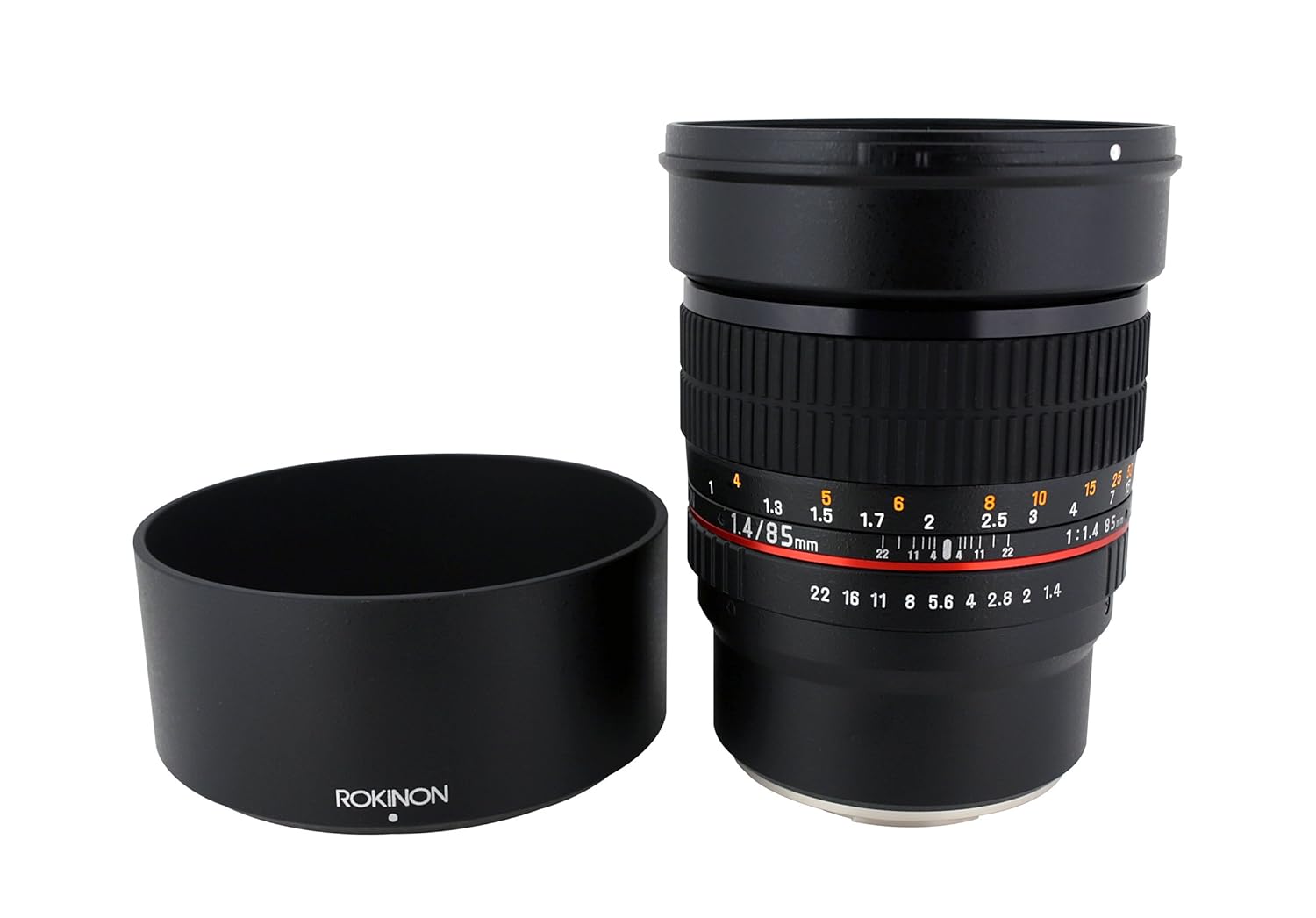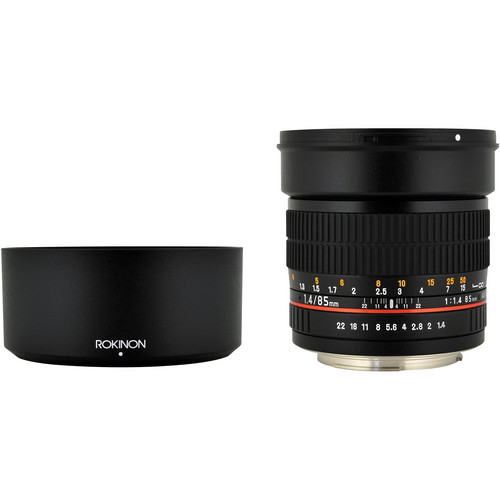I am looking at purchasing the Rokinon 85mm 1.4 lens to use on my NEX-6. I'd love something with PDAF on the LAEA2 obviously, but unfortunately the cash isn't there. I need best I can get for the lowest price.
How well does this lens work for non-stationary photography? (which would be landscapes, portraits etc.) because of its lack of OSS and AF. The first time I've ever used a manual lens was about 3 years ago when I first bought my NEX-5; needless to say I still need some practice getting quick, accurate focus.
I would plan to use this lens for concert photography. I'm the band photographer for a couple local bands and this is primarily where I'd be using this lens. I already use my (MF) Minolta Rokkor-X 50 1.7 for exactly this, but the reach still wasn't long enough for a lot of shots. Any input or feedback?
How well does this lens work for non-stationary photography? (which would be landscapes, portraits etc.) because of its lack of OSS and AF. The first time I've ever used a manual lens was about 3 years ago when I first bought my NEX-5; needless to say I still need some practice getting quick, accurate focus.
I would plan to use this lens for concert photography. I'm the band photographer for a couple local bands and this is primarily where I'd be using this lens. I already use my (MF) Minolta Rokkor-X 50 1.7 for exactly this, but the reach still wasn't long enough for a lot of shots. Any input or feedback?





